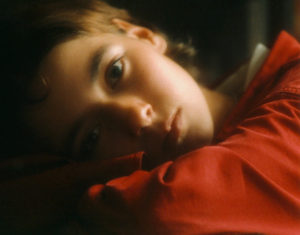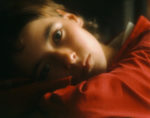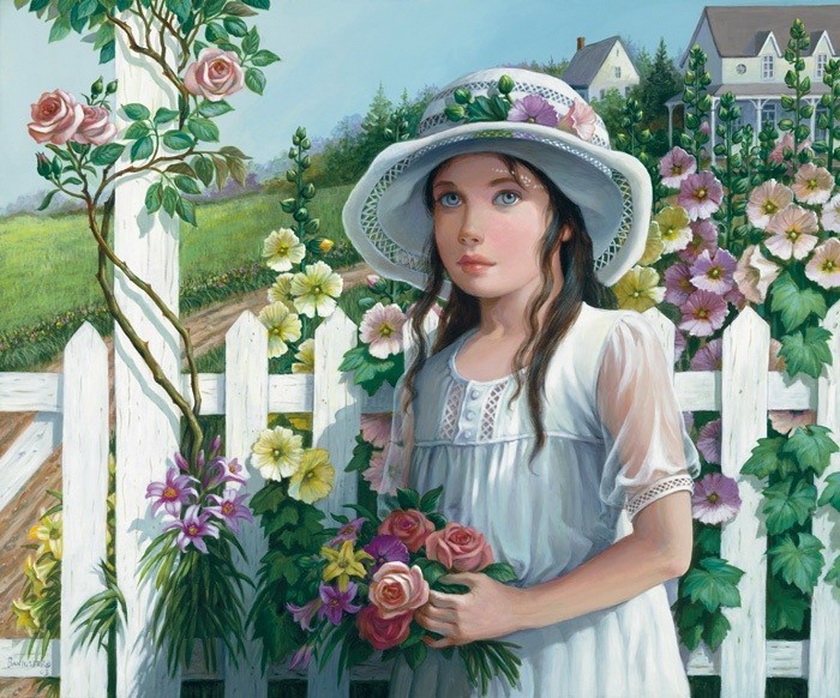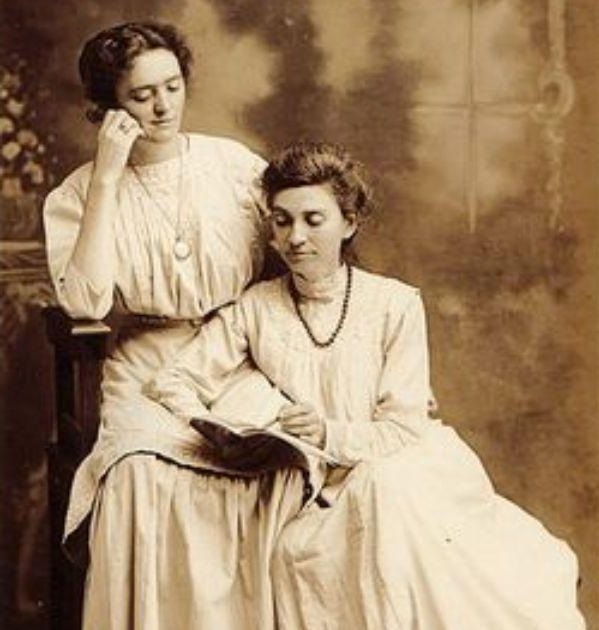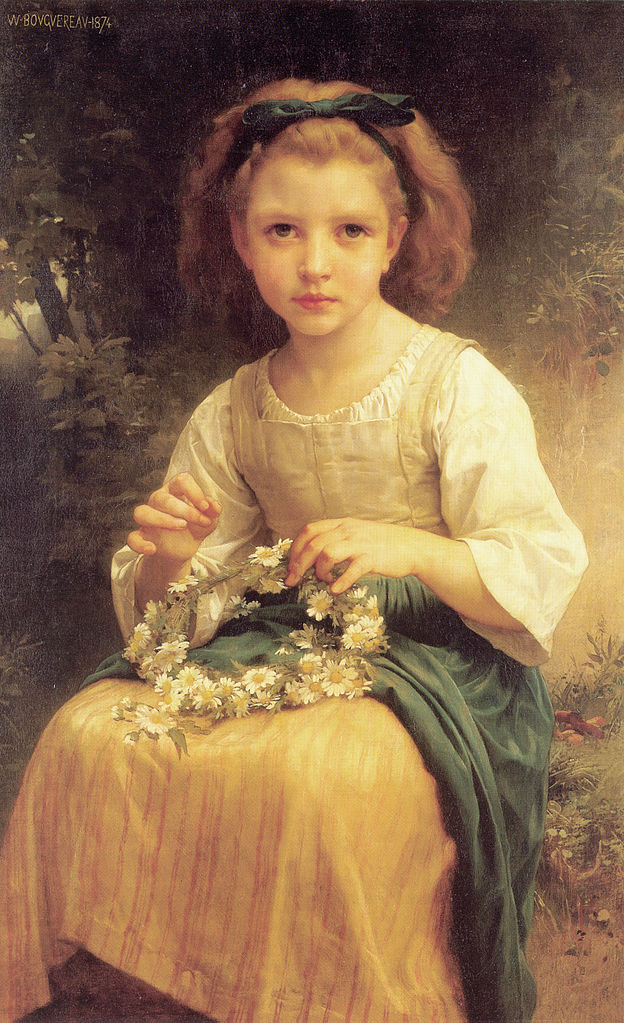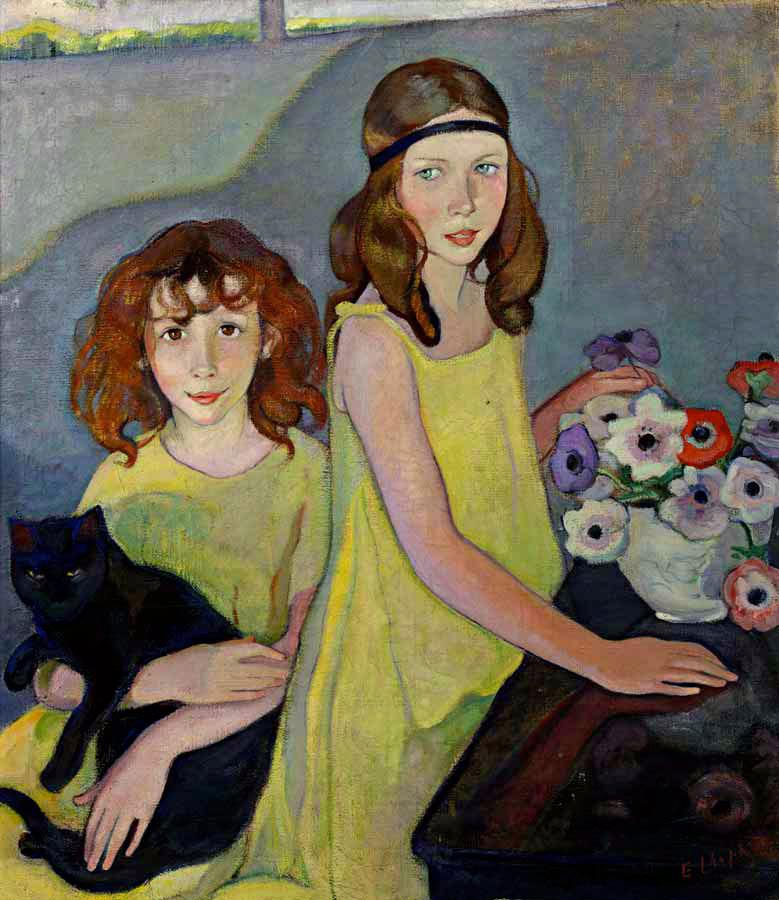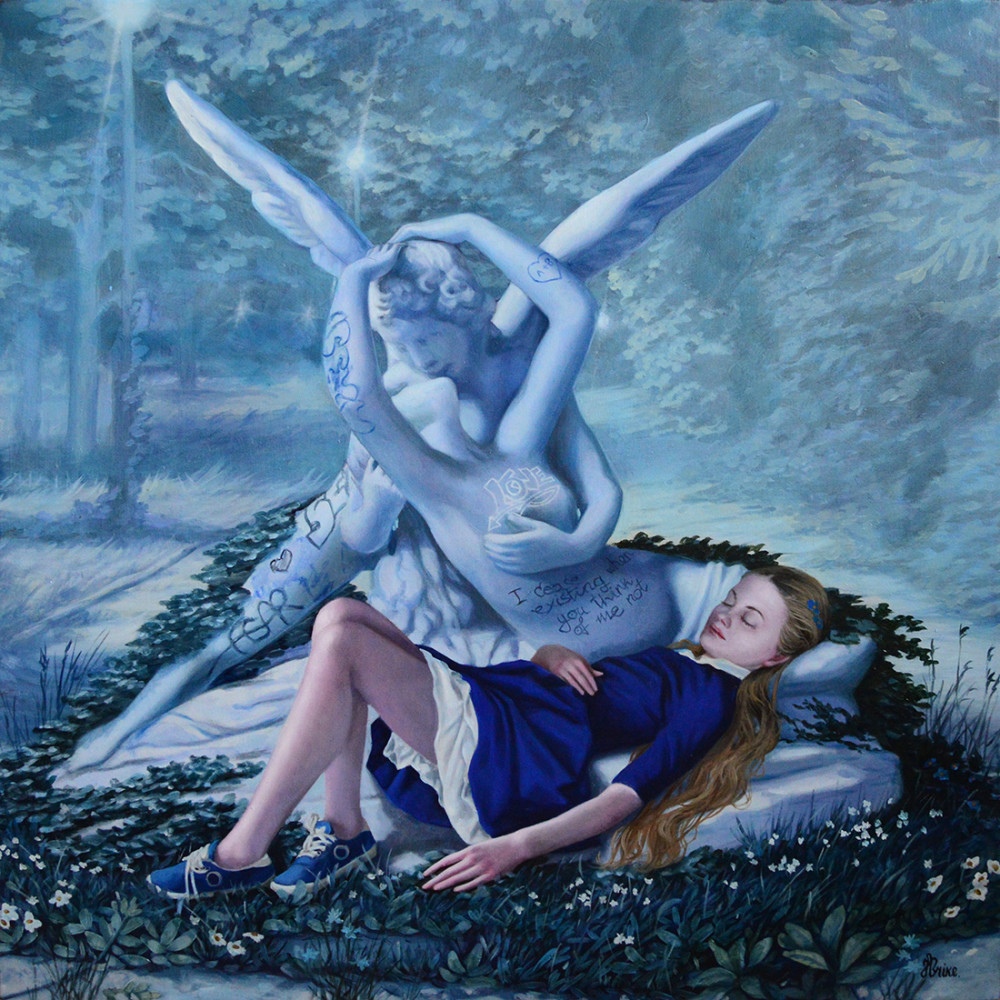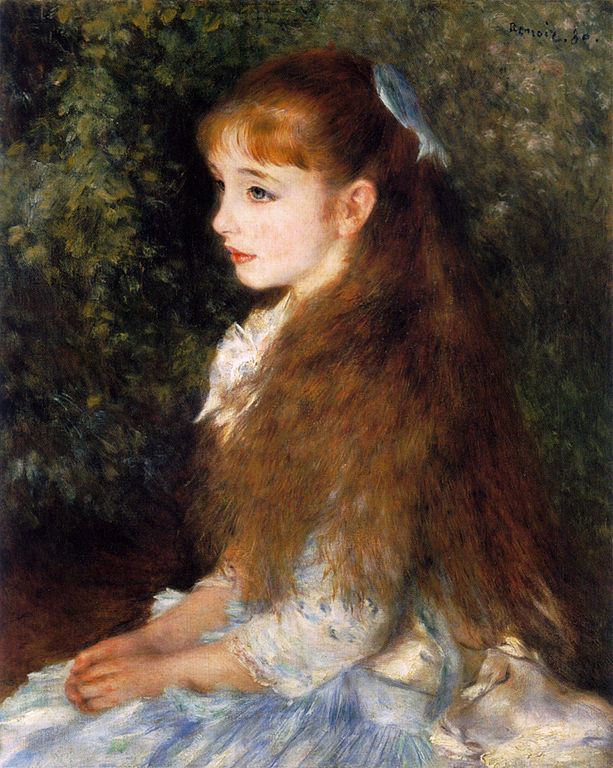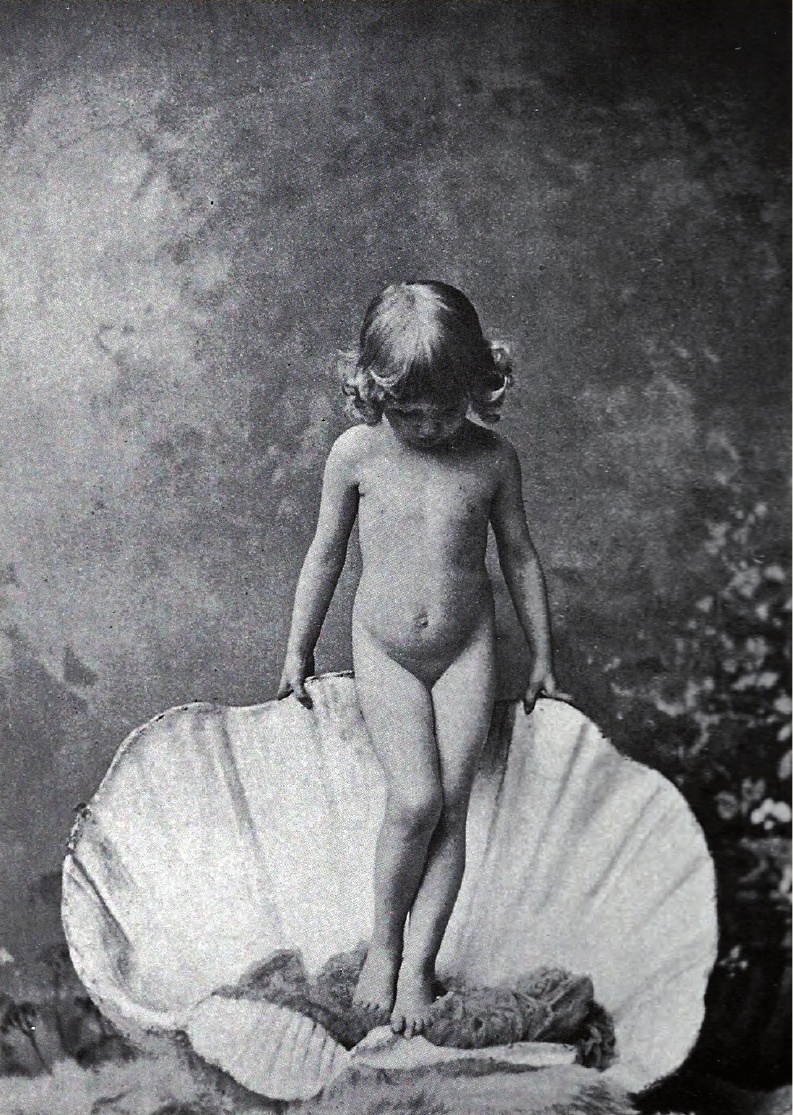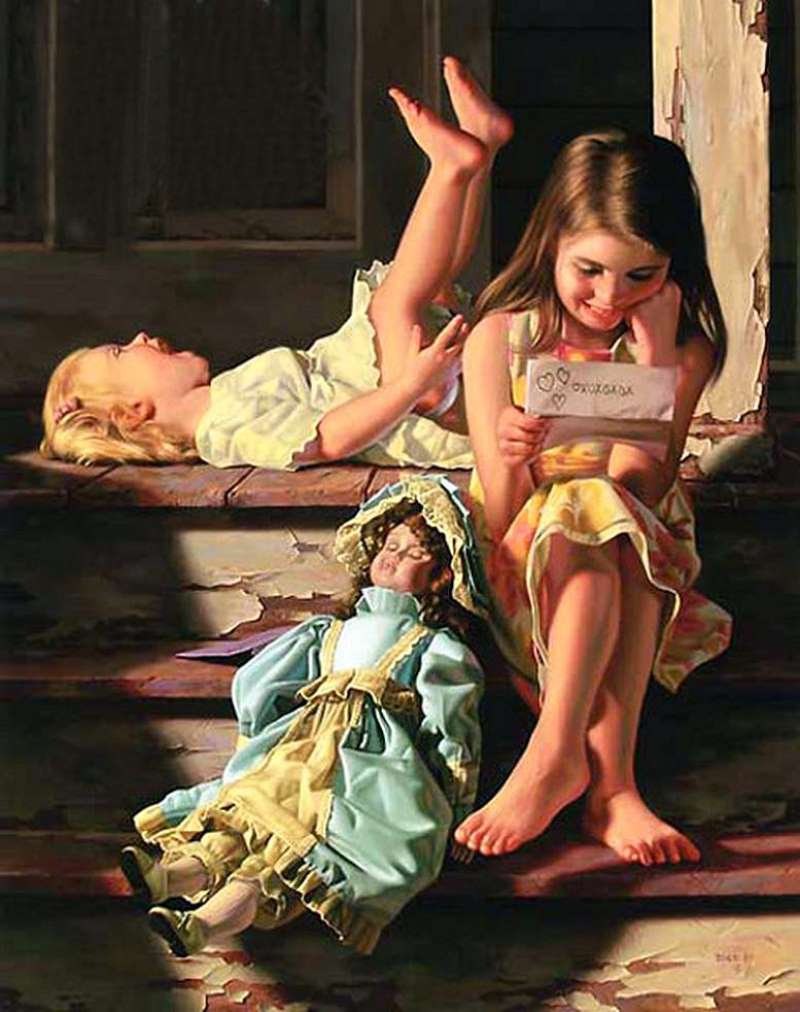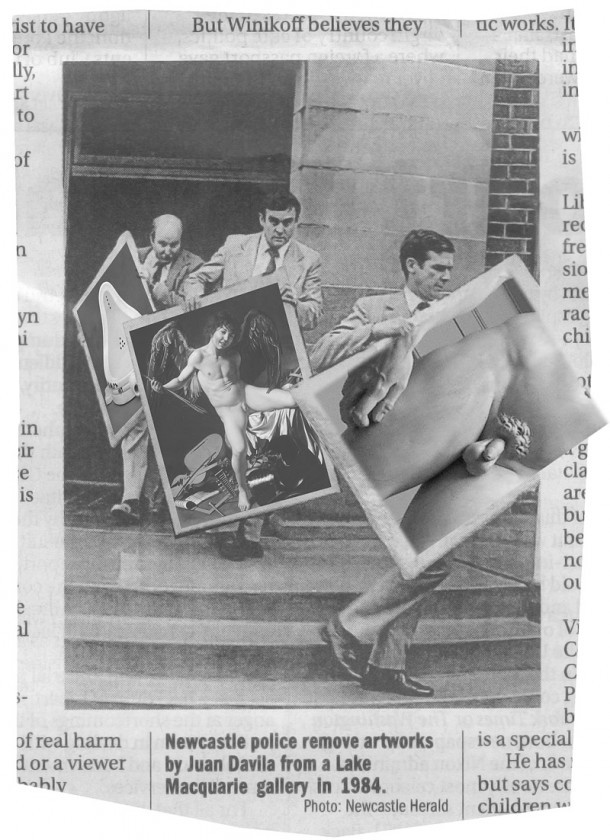
What spirit is so empty and blind, that it cannot recognise the fact that the foot is more noble than the shoe, and skin more beautiful than the garment with which it is clothed?
— Michelangelo
In recent years, Pigtails in Paint suffered repeated attempts at censorship, and Poets and Lovers became a “collateral damage” of these attacks. Today I will discuss the first source of censorship, so-called “child protection” organisations. CONTINUE READING / CONTINUER LA LECTURE…
